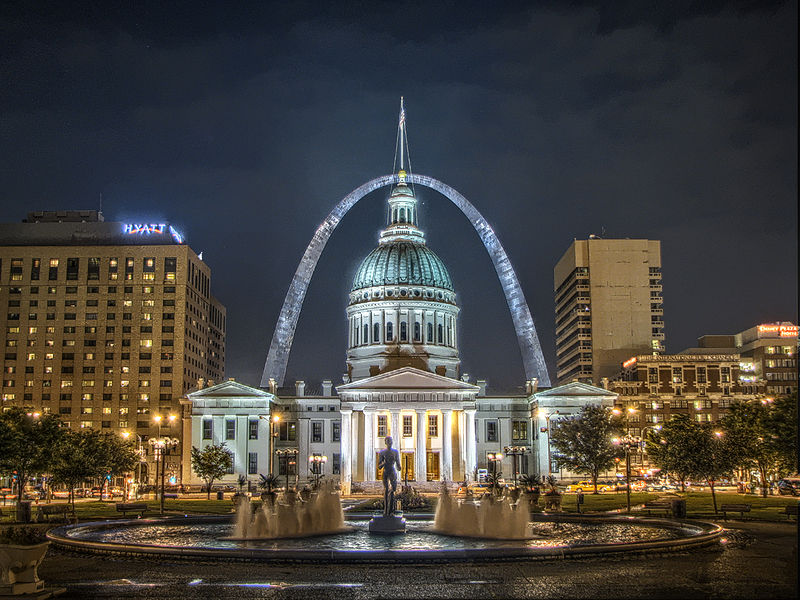

What It Is
High Dynamic Range or HDR imaging is a technique which combines several photos into one shot to increase an image's "dynamic range." Dynamic range is the level of exposure between the light and dark areas of an image; so photos with low dynamic range have dark shadows and bright highlights, while those with high dynamic range have luminance that's evenly balanced, with extra detail. The most popular current use for HDR imaging software is to even out exposure while dramatically increasing the level of detail in an image—especially landscapes at dusk or cityscapes at night—to create a hyper-real or even surreal look.
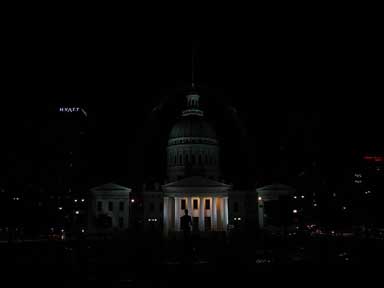
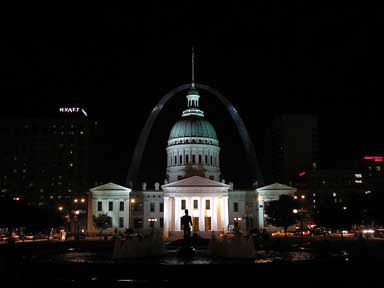
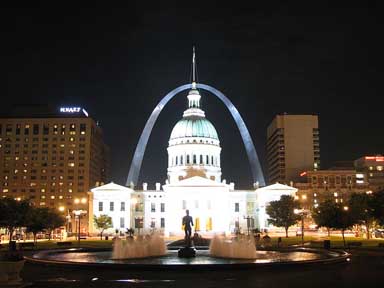
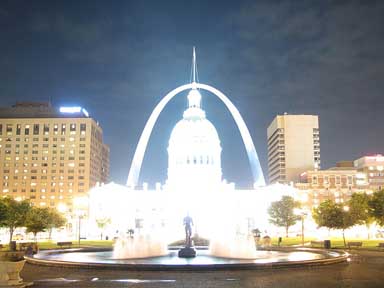
How It's Done
HDR images are created overlaying 3 to 7 digital photographs taken at different exposures, then using a computer software program to merge them. You can create a high dynamic range look with Photoshop CS2's HDR function. There are easier ways to do it with less expensive programs. Two pieces of HDR software that are used are HDRsoft's Photomatix Pro ($99) and Unified Color's HDR PhotoStudio ($149) which do basically the same thing but in slightly different ways. To create an HDR image with one of these programs you must first capture three or more photos of the same scene, all with different exposure settings. The best way to do this is to mount your digital SLR on a tripod and use the camera's Auto-Exposure Bracketing (AEB) setting, which will quickly and automatically snap multiple shots with low-, medium- and high-exposure settings. Then load your images into the HDR processing software, which will combine them into one shot. How dramatic—or subtle—you want the HDR effect is up to you. The program's Tone Mapping settings allow you to tweak luminance, color saturation and other visual elements of your image. Adobe Photo Shop
35 Fantastic HDR Photos
questions answered
HDR in Photoshop CS3
